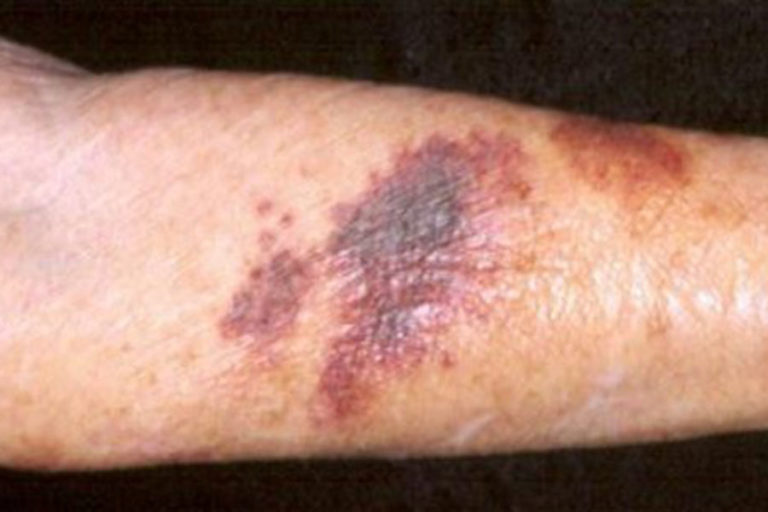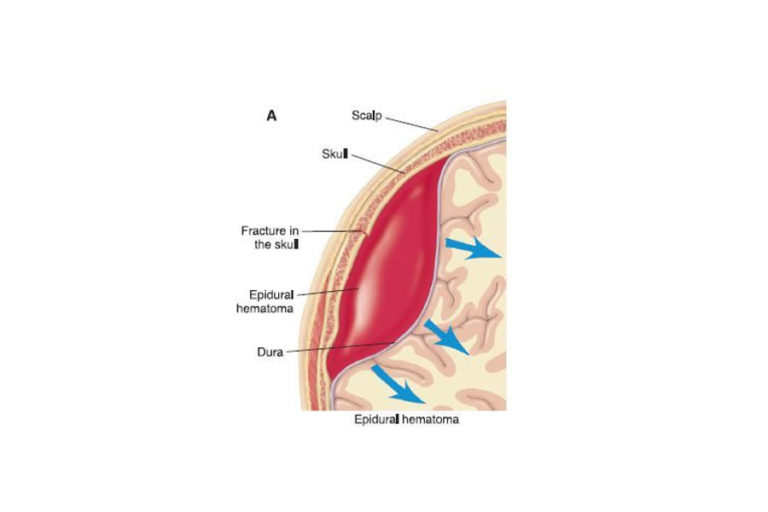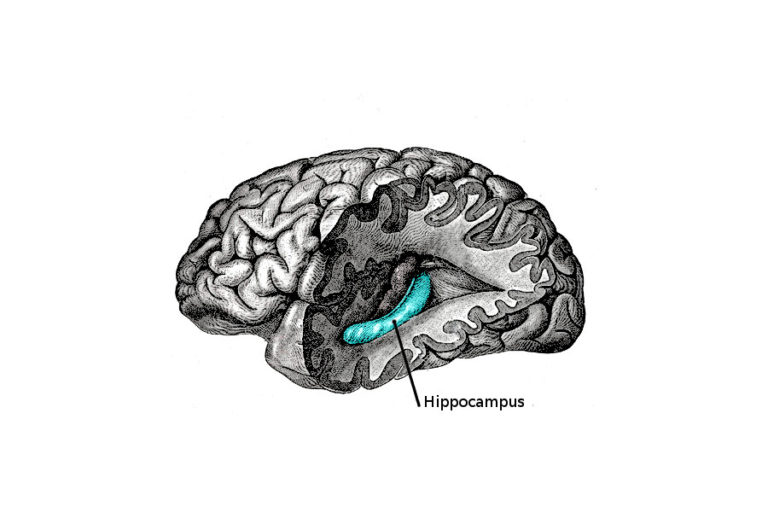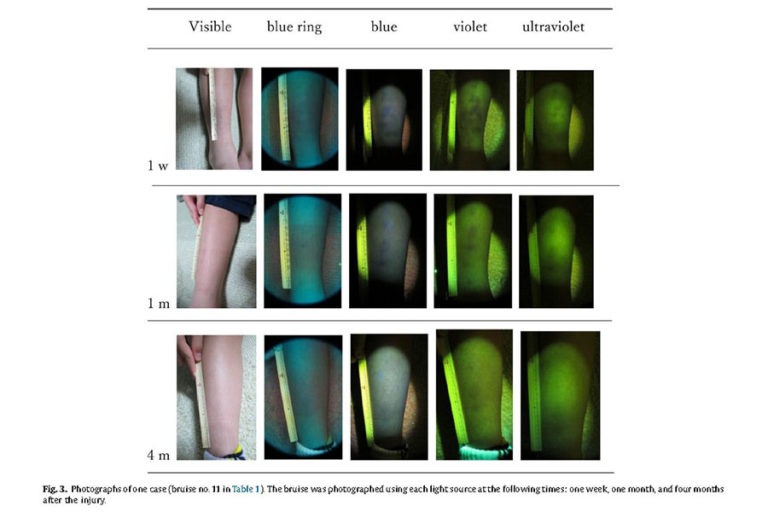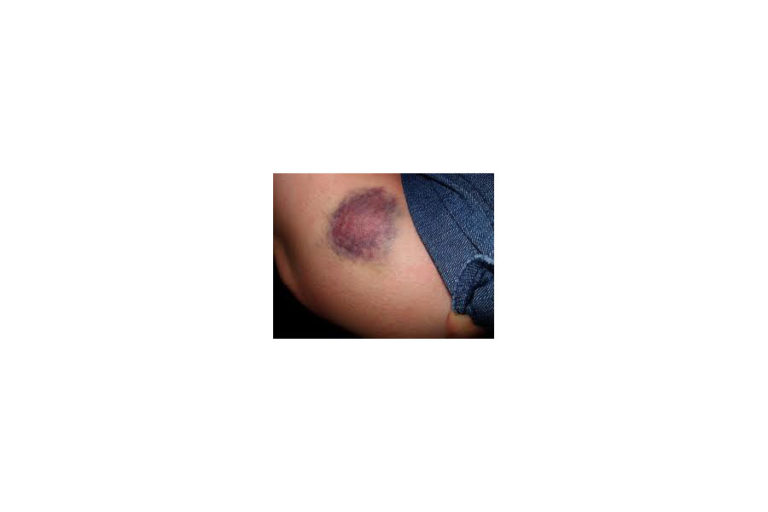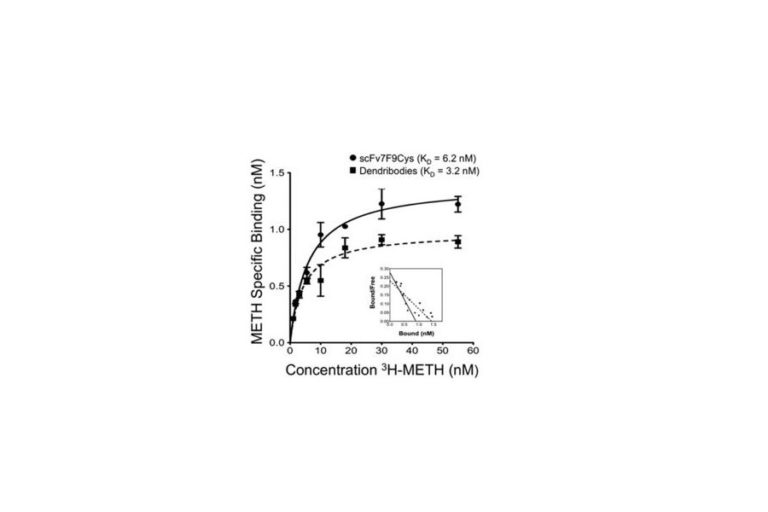Physical Abuse or Easy Bruising?
PHYSICAL SIGNS OF ABUSE When searching “physical signs of abuse,” many journals and websites list the following physical characteristics: Bruises Cuts Burns Restraint or grip markings Black eyes Unusual pattern of injury Repeated trips to…

